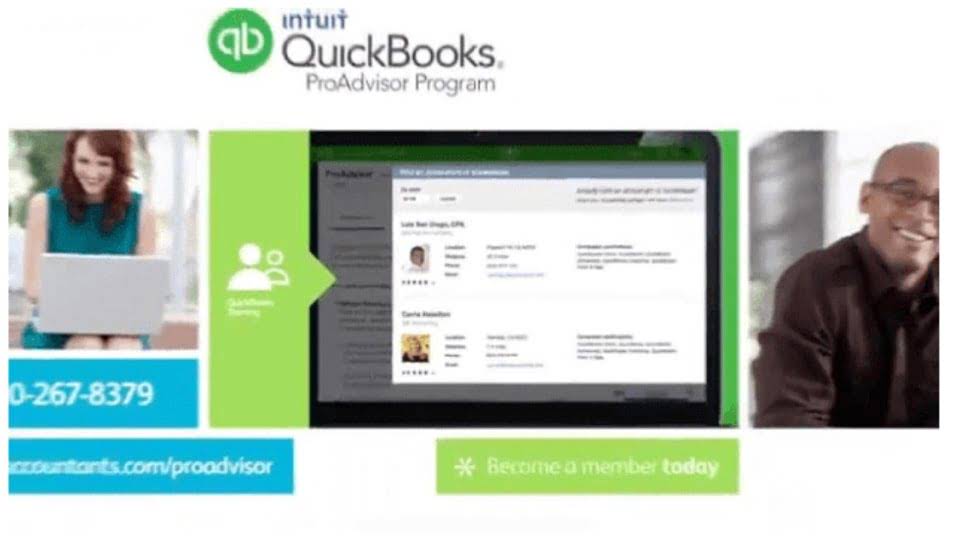Travel Expense Reimbursement: Guide for Employers

Impairment-related work expenses are your allowable expenses for attendant care at your workplace and other expenses in connection with your workplace that are necessary for you to be able to work. The definition of reasonable period of time depends on the facts and circumstances of your situation. However, regardless of the facts and circumstances of your situation, actions that take place within the times specified in the following list will be treated as taking place within a reasonable period of time.

Chapter 5. Resources, Services, and Financial Management
For example, buying a souvenir on a business trip or attending a jazz concert on Saturday evening. These expenses are purely for personal purposes, and hence companies are not liable to reimburse them. Employers must also keep accurate records of all mileage reimbursements for tax and compliance purposes so that the company remains audit-ready and in good standing. Employers, in turn, are responsible for reviewing and approving mileage reimbursement claims. They must verify that the submitted mileage aligns with company policies and meets IRS guidelines for tax-free reimbursement. To maintain transparency and efficiency, businesses should establish a streamlined approval process that allows for timely reimbursements.
Senior Executive Service (SES) Separation for Retirement Last Move Home

Your original basis of the new car is $25,000 (your $5,000 adjusted basis in the old car plus the $20,000 cash paid). Your unadjusted basis is $25,000 unless you claim the section 179 deduction, special depreciation allowance, or have other increases or decreases to your original basis, discussed under Unadjusted basis, earlier. If you use your car for more than one purpose during the tax year, you must allocate the use to the various purposes. Figure the percentage of qualified business use by dividing the number of miles you drive your car for business purposes during the year by the total number of miles you drive the car during the year for any purpose.
- If you don’t have a regular or main place of business or work, use the following three factors to determine where your tax home is.
- This article will help you better understand IRS mileage reimbursement rules, regulations, and rates, enabling you to make informed decisions when reimbursing your field teams for mileage.
- The notice must be in writing and must be provided to the employee by January 31 of the election year or within 30 days after a vehicle is first provided to the employee, whichever is later.
- Efficient management ensures accurate reimbursements and financial transparency.Are you ready to simplify mileage reimbursements?
- That can lead to a lack of transparency and accountability—which itself can introduce room for delays and errors.
- If you claim any deduction for the business use of a car, you must answer certain questions and provide information about the use of the car.
Local Long-Term Taxable Travel

For more information on de minimis transportation benefits, see De Minimis Transportation Benefits, earlier in this section. https://www.bookstime.com/ For 2025, you can contribute up to $4,300 for self-only coverage under an HDHP or $8,550 for family coverage under an HDHP to a qualified individual’s HSA. Because you can’t treat a 2% shareholder of an S corporation as an employee for this exclusion, you must include the cost of all group-term life insurance coverage you provide the 2% shareholder in their wages.
The employer includes the $4 as income on the employee’s Form W-2 in box 1. The employer also enters $296 under code L in box 12 of the employee’s Form W-2. The employer included the $44 that was more than the federal rate (($80 − $69) × 4) in box 1 of Sasha’s Form W-2. The employer shows $276 ($69 a day × 4) under code L in box 12 of Form W-2. Sasha doesn’t have to complete Form 2106; however, Sasha must include the $44 in gross income as wages (by reporting the total amount shown in box 1 of their Form W-2).
- Employers should define reimbursable miscellaneous expenses to ensure compliance.
- What would happen if this same employee didn’t normally work on Fridays or he always worked from home on Fridays?
- If an employer does not have an accountable plan, then any reimbursements, even those that are ordinary and necessary, may be considered taxable income.
- Make sure it’s clear upfront which types of documentation are needed for each type of expense, so travelers can store them for submission later.
- Any benefit not excluded under the rules discussed in section 2 is taxable.
- The IRS defines business mileage as the mileage between two places of work, permanent or temporary.
How standard mileage rates for business work
Understanding mileage reimbursement is important for businesses to stay compliant and manage costs effectively. The 2025 travel reimbursement rate is 70 cents per mile for business use, 21 cents for medical and moving purposes, and 14 cents for charitable purposes. There are two methods of calculating mileage for tax deductions – the standard mileage rate method and the actual expense method (explained in more detail below).
Privately Owned Vehicle (POV)

Because your retained earnings balance sheet employer would pay your monthly salary whether or not you were traveling away from home, the arrangement is a nonaccountable plan. No part of the $50 a day designated by your employer is treated as paid under an accountable plan. If you don’t do this, the unproven amount will be considered paid under a nonaccountable plan (discussed later).
- To determine whether you incur substantial additional costs to provide a service to an employee, count any lost revenue as a cost.
- However, the entertainment disallowance rule may not be circumvented through inflating the amount charged for food and beverages.
- This includes travel to client meetings, conferences, or picking up supplies.
- You will continue to receive communications, including notices and letters, in English until they are translated to your preferred language.
- If a portion of the trip involves non-business activities, only part of the travel expenses can be deducted.
- Accountable plans, which adhere to IRS regulations, allow reimbursements to remain non-taxable.
- For instance, hotel stays for a week-long training session in another city qualify.
- Schedule a demo with Mosey to learn how our solutions may benefit your business.
- The reimbursable expenses covered under the accountable plan should meet these criteria, as explained in the IRS Publication 15, Circular E, Employer’s Tax Guide.
- An educational assistance program is a separate written plan that provides educational assistance only to your employees.
- Keep in mind you can’t claim travel from your residence to your permanent place of work.
You are considered to be away from home for the whole period you are away from your main place of work. You can deduct your travel expenses if they otherwise qualify for deduction. Generally, a temporary assignment in a single location is one that is realistically expected to last (and does in fact last) for 1 year or less. If you’re an employee or a self-employed person, you might find it helpful to install a trip log app on your smartphone that will allow you to record dates, times, and total mileage of business trips. You can use the log generated by the app to make it easier to complete your mileage reimbursement paperwork when tax time comes around. The first method is to use the standard mileage deduction and deduct the annual amount per mile from your taxes.
How to automate travel expense management
The IRS defines business mileage as the mileage you drive between two places of work, permanent or temporary. One approach is to establish clear guidelines that define the starting point for mileage calculations. For instance, companies might designate the employee’s home travel expense reimbursement as the primary work location, making any travel from home to a client site or meeting eligible for reimbursement. This policy ensures that remote employees are fairly compensated for their travel expenses, aligning with the principles of equity and consistency. Understand IRS mileage rates, how to calculate travel reimbursement, and the tax implications for both in-office and remote employees.


